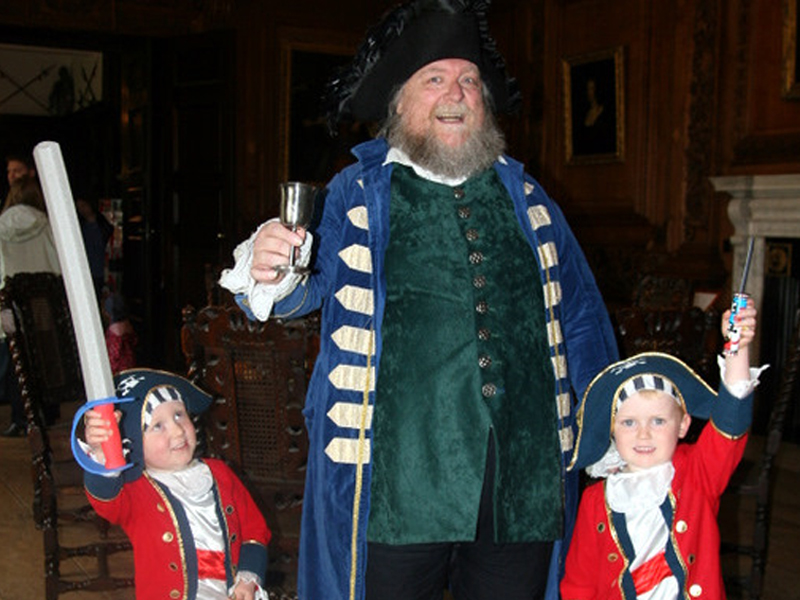 The Annual Pirates Day held at Tredegar House was a great success.
The Annual Pirates Day held at Tredegar House was a great success.
Most children dressed in costume (some of the parents too). The youngest pirate was only 6 months old!
There was a treaure hunt held for the children with clues in most rooms.
Friends of Tredegar House members, who were stewarding, joined in dressing in costume and had fun too. The stewards provide extra necessary assistance to enable these type of events to run smoothly. Goff Morgan is a local historian, poet & guide. He is playing the part of Sir. Henry Morgan.
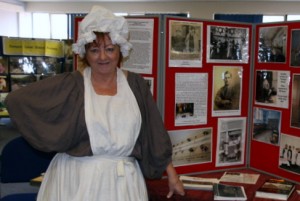
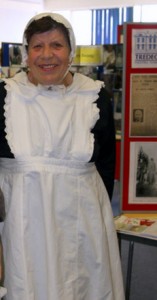
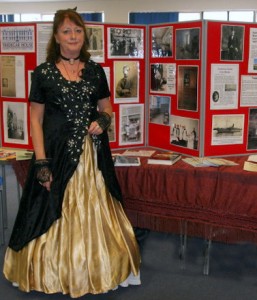
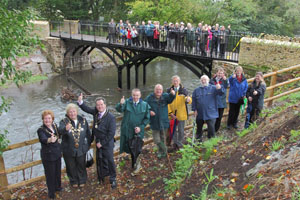
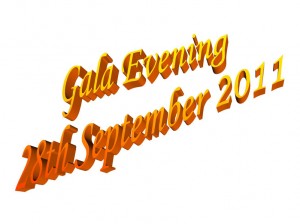
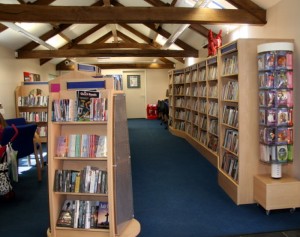

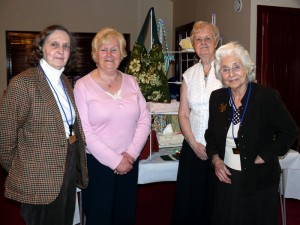
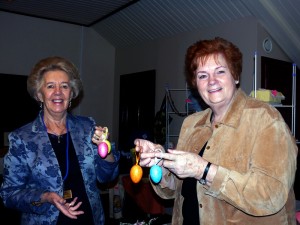
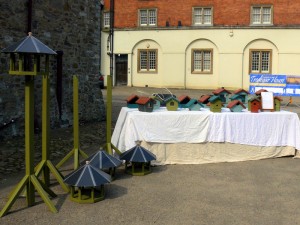
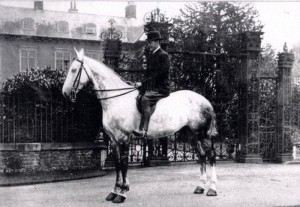
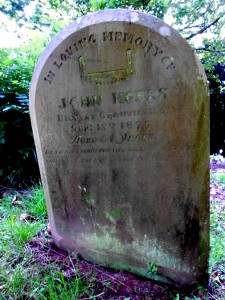
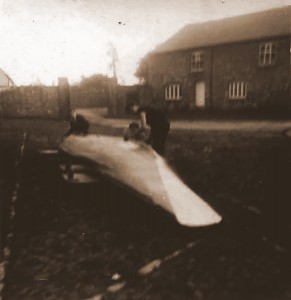
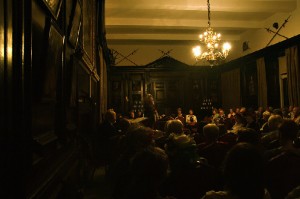
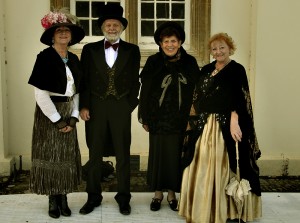
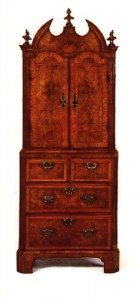
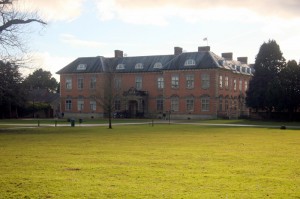







 Users Today : 52
Users Today : 52 Users Yesterday : 51
Users Yesterday : 51 Total Users : 88299
Total Users : 88299 Views Today : 104
Views Today : 104 Total views : 597960
Total views : 597960 Who's Online : 1
Who's Online : 1